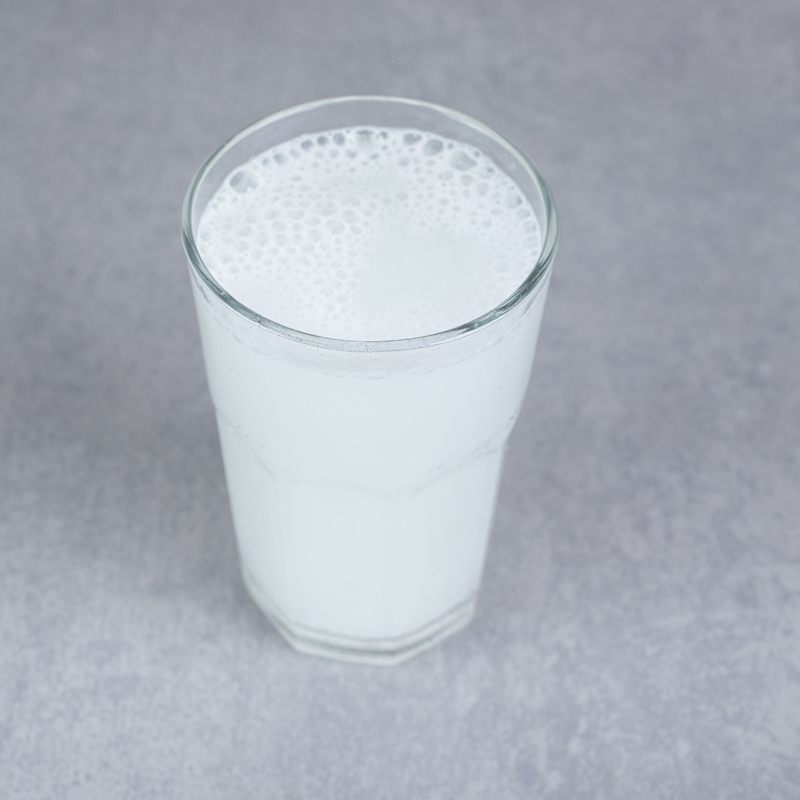
100 gr |
-- |
|
|---|---|---|
| Carbohydrate (gr) | 15.04 |
4928.47 |
| Protein (gr) | 3.59 |
1176.23 |
| Fat (gr) | 12.46 |
4083.43 |
| Fiber (gr) | 1.36 |
445.97 |
| Cholesterol (mg) | 14.64 |
4795.8 |
| Sodium (mg) | 325.27 |
106557.75 |
| Potassium (mg) | 392.16 |
128471.4 |
| Calcium (mg) | 78.15 |
25603.27 |
| Vitamin A (mg) | 46.04 |
15084.01 |
| Vitamin C (mg) | 6.16 |
2019.31 |
| Iron | 0.62 |
203.1 |
Milk is a versatile and nutritious liquid produced by the mammary glands of mammals. It plays a pivotal role in the survival of young mammals, including humans, as their primary source of nourishment during the early stages of life. Human infants, like those of other mammals, depend on milk—most commonly their mother's milk—due to its rich composition of nutrients that support growth and development.
Calories in 100 ml of high-fat lactose-free milk are 62 calories.
Throughout human history, milk has been a staple in many diets around the world. While humans naturally consume mother's milk during infancy, various cultures have also relied on the milk of domesticated animals. Cow's milk is the most widely consumed globally, but other sources include buffalo, sheep, goats, and camels, depending on regional climates and agricultural practices.
Milk serves as the foundation for a wide array of dairy products, each with unique textures, flavors, and culinary applications. These products not only enhance the flavor profiles of countless dishes but also contribute significantly to human nutrition.
Milk is a powerhouse of essential nutrients, including calcium, protein, vitamin D, and potassium. These nutrients contribute to:
However, some individuals may experience lactose intolerance, which makes digesting milk challenging. In such cases, lactose-free products or plant-based alternatives like almond, soy, or oat milk serve as suitable substitutes.